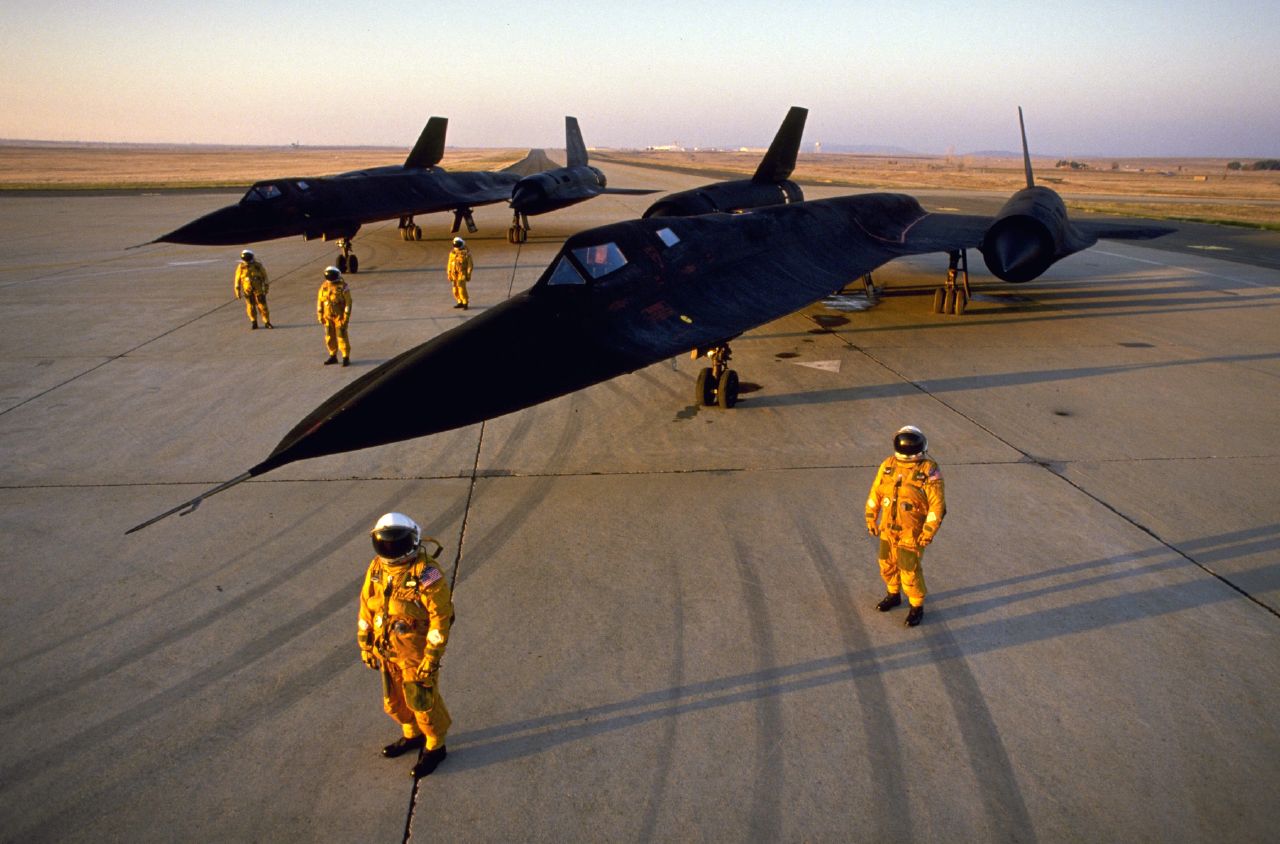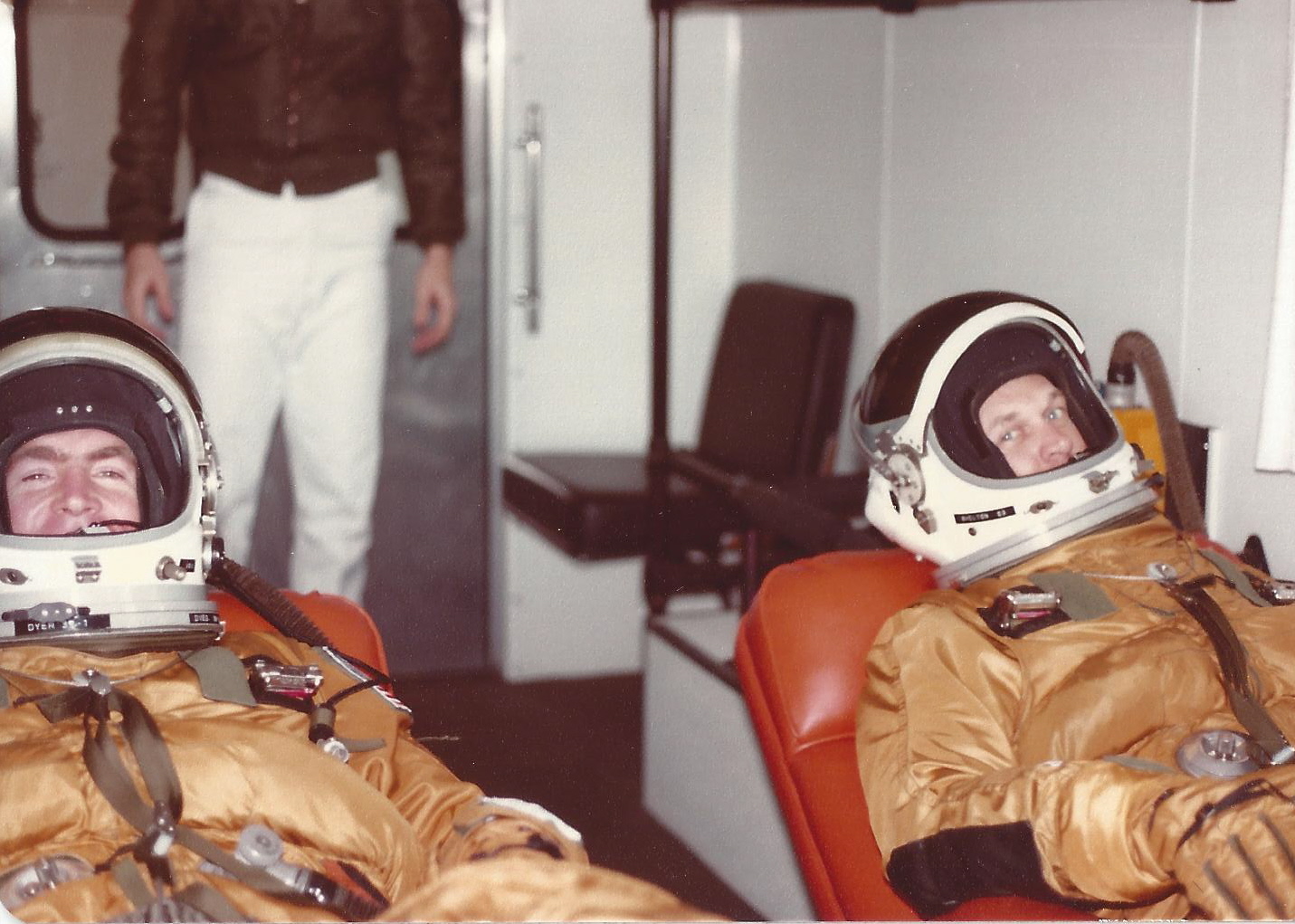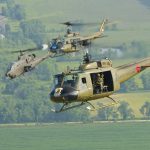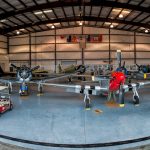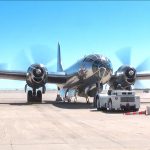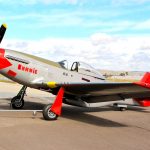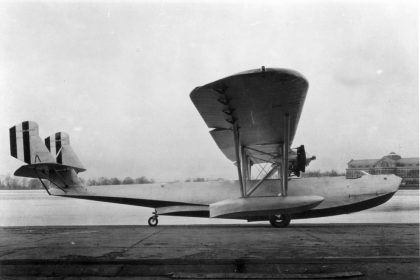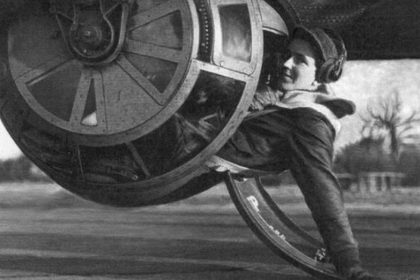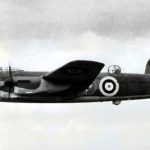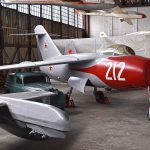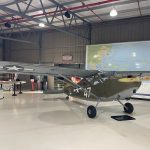PRESS RELEASE – Retired U.S. Air Force Lt. Col. Les Dyer will share an inside look at what it was like to pilot the world’s fastest, highest-flying manned aircraft, the SR-71, when he speaks at 11 a.m. Saturday, April 16 at the Commemorative Air Force Dixie Wing headquarters in Peachtree City (Museums opens at 9:00 a.m. to the public). The presentation is the second in a monthly aviation series, “Living Aviation History Day”, sponsored by the Dixie Wing. Dyer was a pilot in the SR-71 program before his retirement in 1989.
The SR-71 Blackbird is one of the most spectacular aircraft ever built. Unofficially, the SR-71 carried many nicknames, including the “Habu,” “SR,” “Lady in Black,” and “Sled,” but it was best known as “Blackbird.” The SR-71 was developed as a long-range strategic reconnaissance aircraft capable of flying at speeds over Mach 3.2 and at 85,000 feet. The first SR-71 entered service in 1966 and was retired in 1990. Some were brought back to service in 1995 and the USAF kept them in operation until 1998. NASA’s Dryden Flight Research Center at Edwards Air Force Base in California flew the SR-71 from 1991 until its final flight in October 1999. The Blackbird remains the world’s fastest and highest-flying manned aircraft. On its retirement flight from Los Angeles to Washington in 1990, to its final resting place in the Smithsonian Air & Space collection, the plane flew coast to coast in 67 minutes. Piloting the Blackbird was an unforgiving endeavor demanding total concentration. “At 85,000 feet and Mach 3, it was almost a religious experience,” said one pilot. “Nothing had prepared me to fly that fast.”
At that speed and altitude, even the best air defense systems had no hope of catching the Blackbird. When anti-aircraft weapons were fired, a warning light glowed on the control panel. That typically would be the last the pilot would see of the attempted attack, as surface-to-air missiles consistently missed wildly, exploding many miles from the intended target. The aircraft delivered on its strategic responsibilities, providing detailed, mission-critical reconnaissance for more than two decades, including the Cold War era. Its legacy as a game-changer long will be remembered in aviation history.
The fee to attend this two-hour Dixie Wing event is $10. Dixie Wing headquarters and museum are at 1200 Echo Ct., Peachtree City, adjoining Atlanta Regional Airport (Falcon Field). Warbird rides in the Dixie Wing aircraft available. For more information, visit www.dixiewing.org.
The Commemorative Air Force is a non-profit organization dedicated to flying and restoring World War II aircraft. Based in Dallas, Texas, the organization has more than 13,000 members and operates a fleet of more than 162 World War II aircraft. www.commemorativeairforce.org







